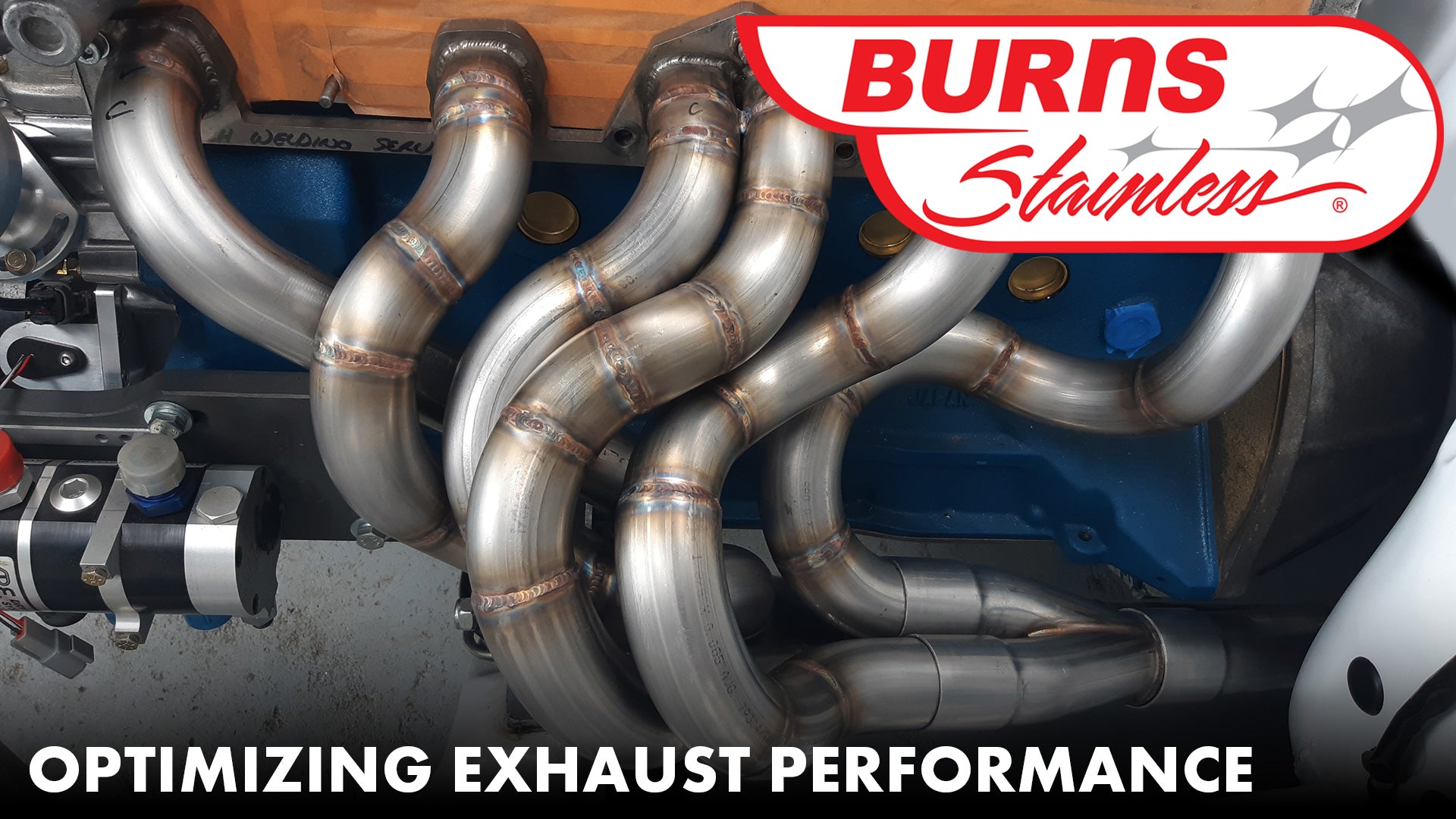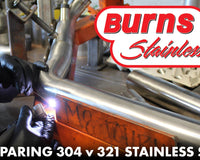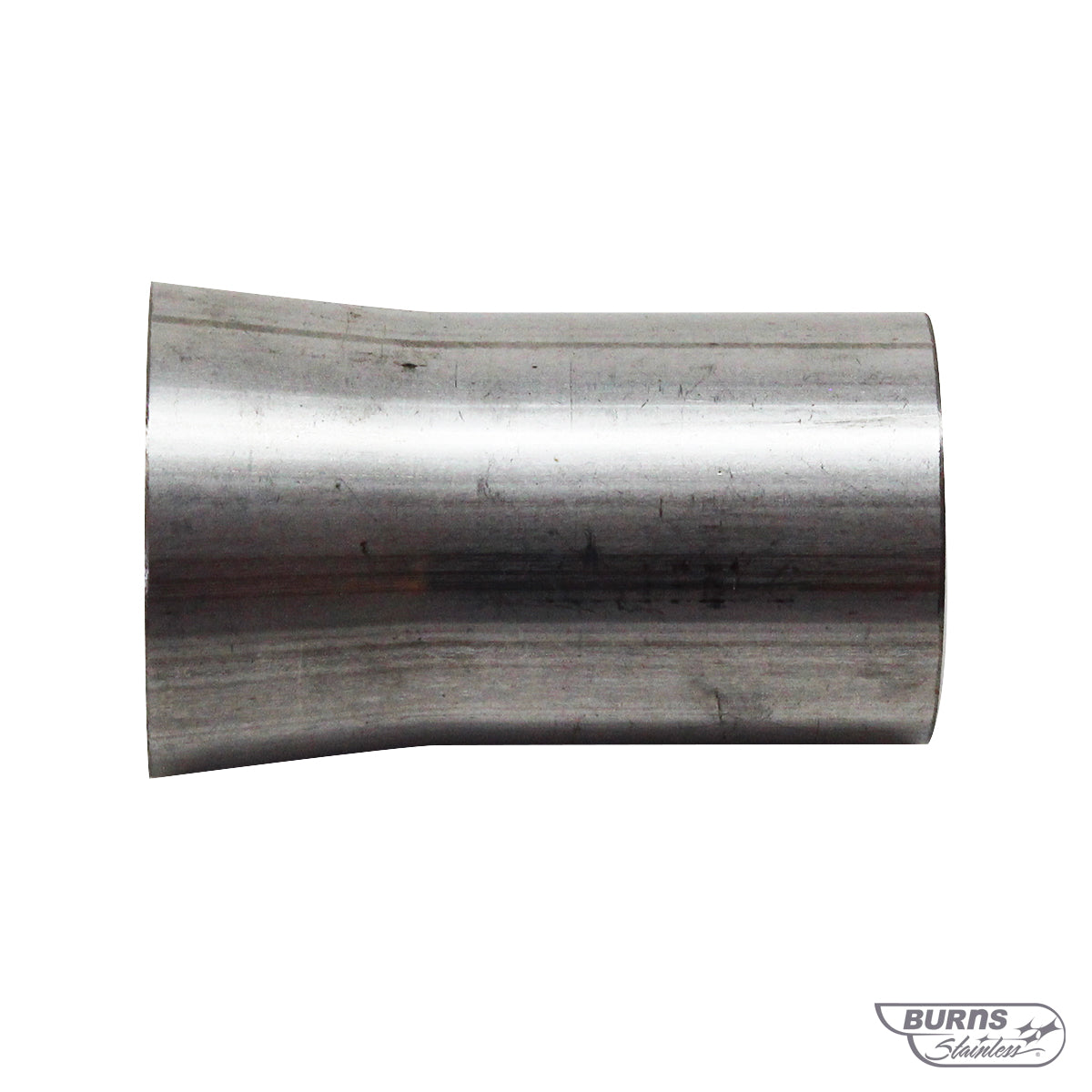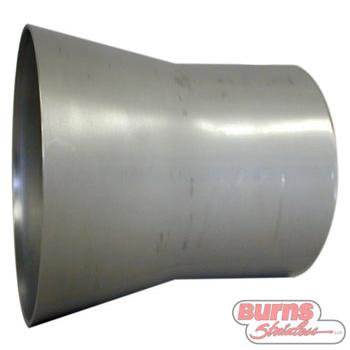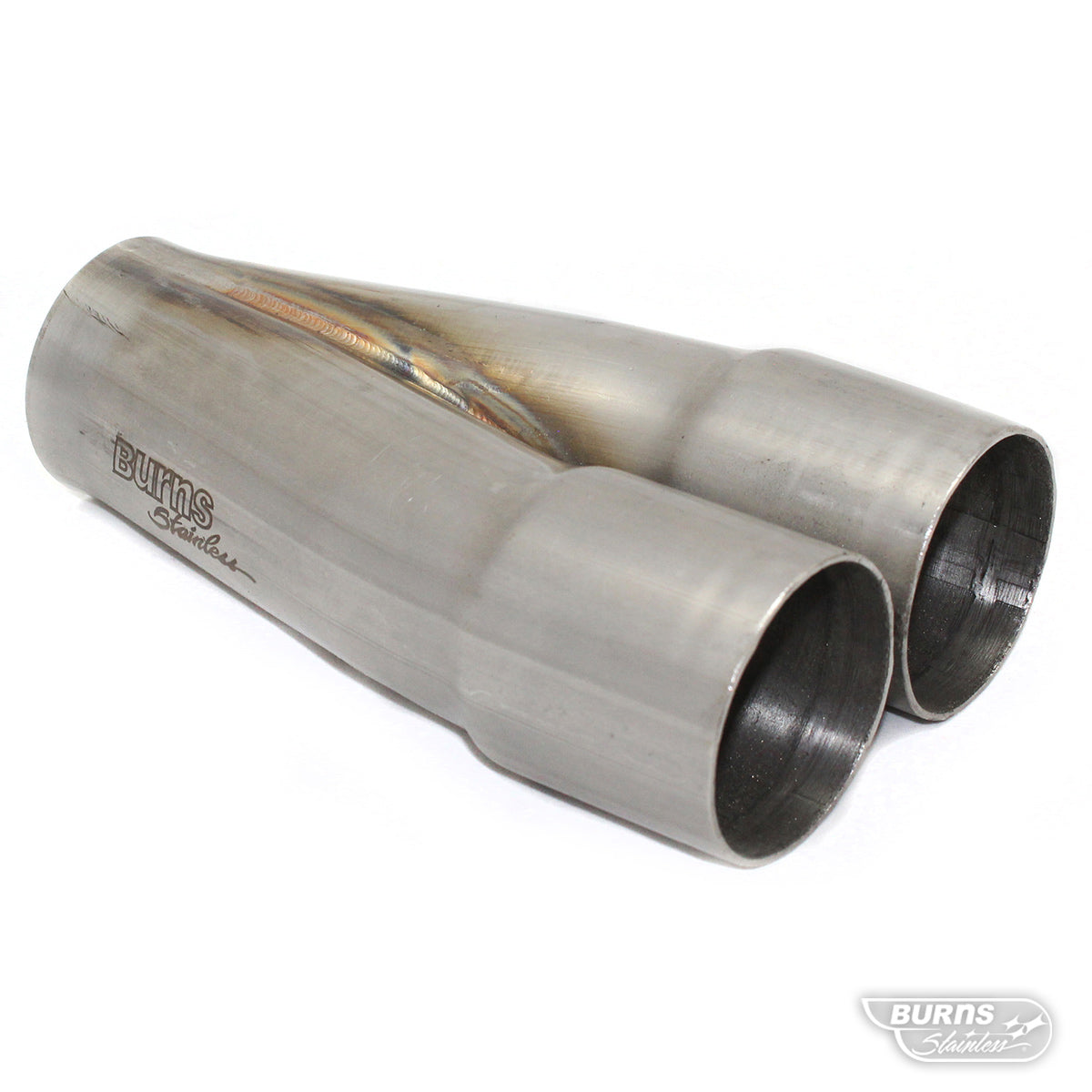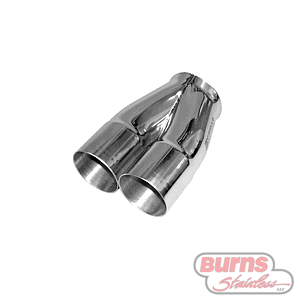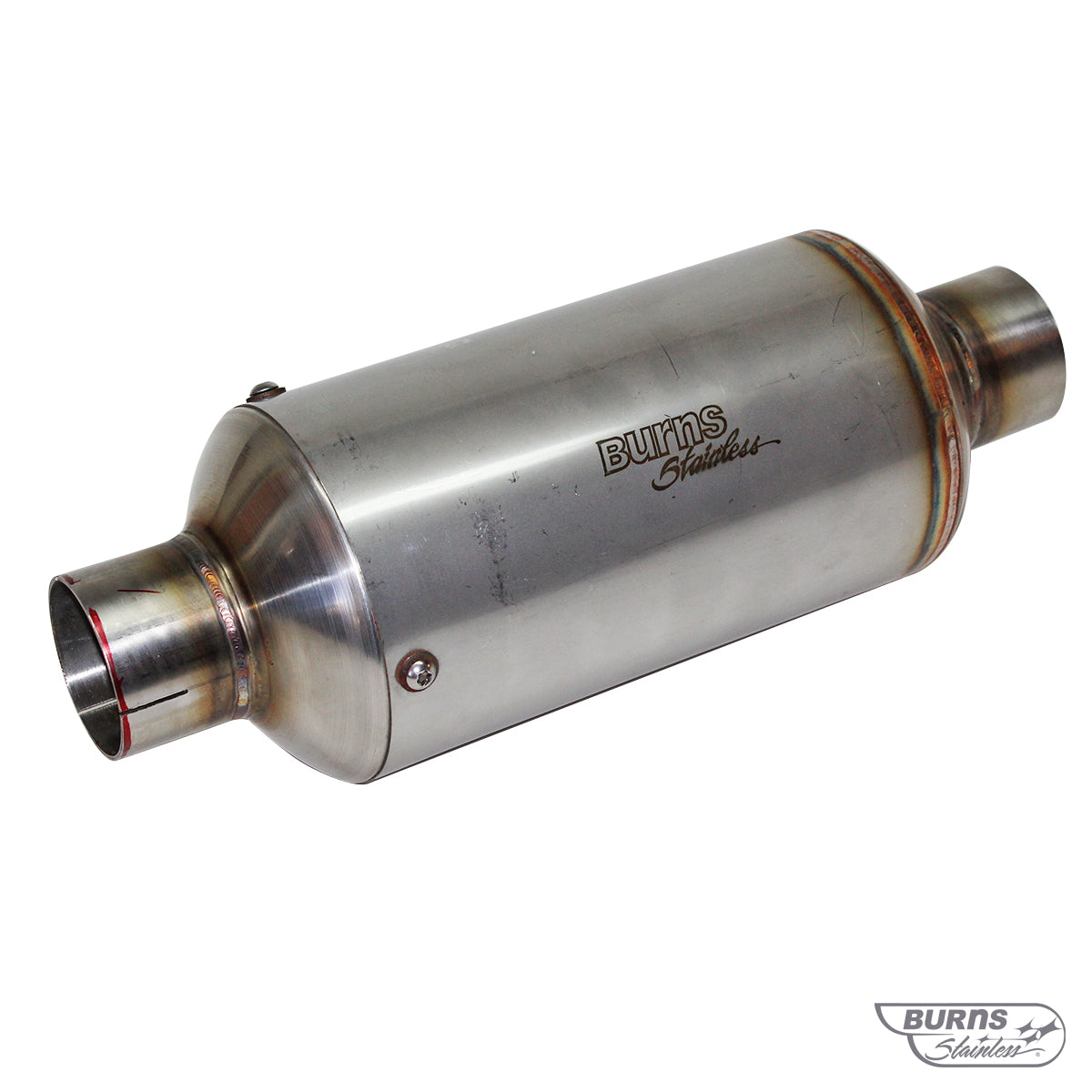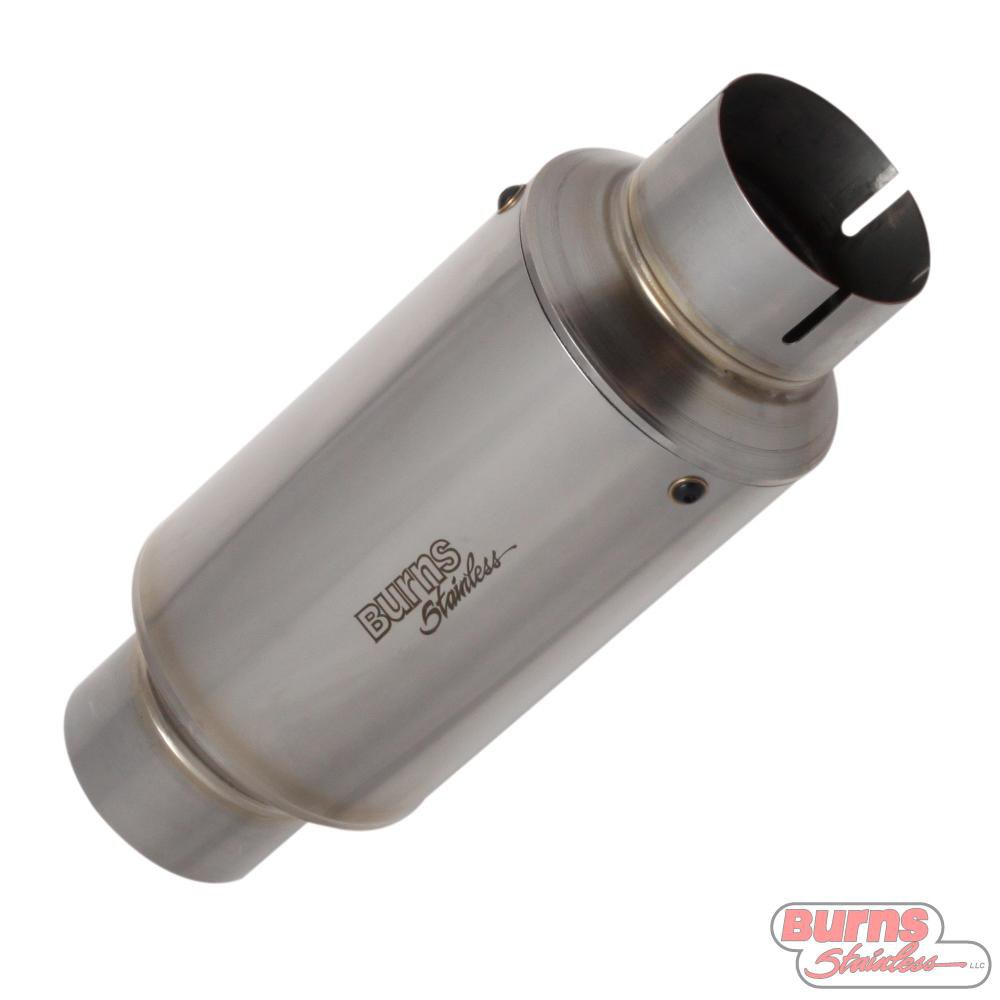Development Tools and Testing Methods.
Pressure Analysis Top Topics
Two highly technical presentations covering exhaust theory and the testing and evaluation of cylinder pressures opened day two of the Advanced Engineering Technology Conference in Indianapolis. Vincent Roman of Burns Stainless spoke on “Development Tools and Testing Methods for the Optimization of Exhaust Performance,” and NASCAR consultant Cecil Stevens covered “How to Use Cylinder Pressure and Valve Motion Measurements to Improve Performance.”
There are many variables in the exhaust pipe bending process that must be carefully balanced and monitored in order to attain a bend that has a round cross-section and no wrinkles, especially when bending thin-walled stainless tubing. These include mandrel tool material and condition, placement of the mandrel at initiation of the bend, machine pressure settings and wiper-die rake, to name a few.

Vincent Roman of Burns Stainless.
Roman started with definitions of critical factors involving exhaust, especially incompressible flow and compressible flow. These are basically distinguishable with changes in density of the exhaust gas, and any formula or header design must take both dynamics into consideration.
“By harnessing the wave energy that’s in the exhaust and intake, we are essentially supercharging the engine,” he added while explaining volumetric efficiency.
The key in header design and tuning is understanding and working with pressure wave dynamics, which are influenced by a number of factors — the least of which is cam timing. Unfortunately, wave tuning in an internal combustion engine does not follow the same classical theories that are found in organ pipes or other similar acoustical instruments.

“What happens in an organ pipe is that we have infinitesimal pressure wave, waves that have almost zero pressure,” explains Roman. “That’s not what’s occurring in the exhaust pipe. It’s probably what’s occurring in the intake. What’s good is that the math is easy and historically it’s what’s been used to design a header.”
More advanced math formulas now consider finite pressure waves that have significant pressure, such as those encountered in an exhaust manifold. Very sophisticated computer modeling software takes these factors into account, but the research and development costs are much higher.
Burns Stainless has developed its X-Design Parametric Exhaust Modeling Program using a combined approach of classical wave tuning and “adjusting it for what we know works.” The experience has also led to header collector designs that attenuates reflected waves and helps provide a broader power band. The key is analyzing the right information from the customer.
“The most important numbers we need are rpm, because that determines the length of the header. But also, what really is the rpm band of interest?” stresses Roman. “In some cases, such as drag racing, it’s fairly easy. But in other applications like dirt track, a lot of us get blindsided into designing for peak power when the driver is asking for 4,000 to 6,000 rpm power. So, you really have to take care in determining that rpm band.”
Other critical information includes bore, stroke, compression ratio, cam timing, valve sizes and exhaust-port size at the manifold.
“Our program calculates the size of the collector,” adds Roman. “The size of the exhaust port actually dictates whether or not we can run a stepped header. On a modern race engine we’re almost always three steps from the port to the collector.”
During the Q&A period, some interesting notes surfaced, including the tip that header builders should try to get a rotational firing order in the collector. And the future of header design? Think of advanced 3D metal printing.
“Now we’re not limited to round tubing,” raves Roman. “We can actually shape the collector any way we want.”"
Cover photo: Grant Lee, Aukland NZ, 1980 Datsun 280ZX L28 inline 6. Bob Sharp Racing IMSA GTU Tribute Car. Headers built by Kerry Holland

